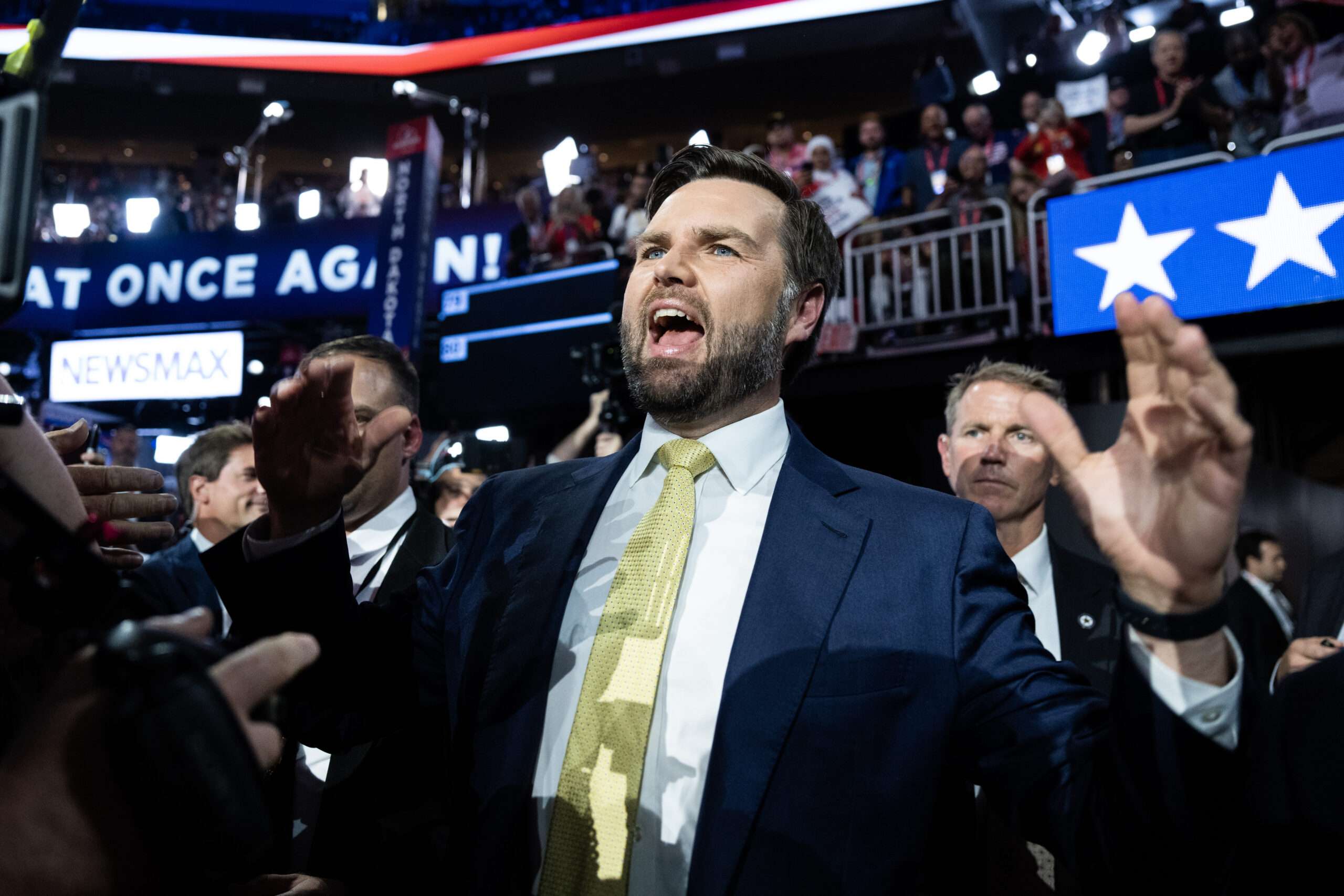Republican VP candidate J.D. Vance and the “national conservative” ideology he supports have sparked controversy, particularly regarding his statement in 2021 suggesting that childless adults should pay higher tax rates. The backlash against Vance’s proposal highlights the significant impact of framing on public perception of policy ideas.
It is important to note that childless individuals already bear a higher tax burden compared to parents with similar incomes due to existing tax credits. The child tax credit, which most parents are eligible for, results in parents paying lower taxes than childless couples with equivalent earnings.
The popularity of the child tax credit is largely attributed to its framing as providing tax relief to parents rather than increasing taxes on the childless. This positive framing garners broad bipartisan support, demonstrating how the presentation of policy proposals can influence public opinion.
Similarly, Vance’s advocacy for granting extra votes to parents has elicited mixed reactions. While his proposal to penalize childless individuals has been met with criticism, framing the idea as giving greater voice to children’s interests has garnered support from left-liberal advocates.
Framing effects, driven by the wording rather than the substance of policy proposals, play a significant role in shaping public perception. In a political landscape where voters often lack comprehensive knowledge of policies, framing can have a substantial impact on the reception of ideas.
Ultimately, the way in which policy ideas are presented can greatly influence their reception by the public. By framing proposals in a positive light that emphasizes benefits to specific groups, policymakers can enhance the appeal of their initiatives.
Please rewrite this sentence.
Source link




